Carteolol
- CAS NO.:51781-06-7
- Empirical Formula: C16H24N2O3
- Molecular Weight: 292.37
- MDL number: MFCD00864571
- SAFETY DATA SHEET (SDS)
- Update Date: 2023-05-04 17:34:39
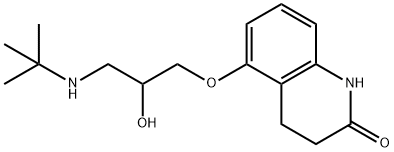
What is Carteolol?
Toxicity
The most common effects expected with overdosage of a beta-adrenergic blocking agent are bradycardia, bronchospasm, congestive heart failure and hypotension.
Originator
Mikelan,Otsuka,Japan,1981
The Uses of Carteolol
Antiadrenergic (β-receptor).
Background
A beta-adrenergic antagonist used as an anti-arrhythmia agent, an anti-angina agent, an antihypertensive agent, and an antiglaucoma agent.
Indications
For the treatment of intraocular hypertension and chronic open-angle glaucoma
Definition
ChEBI: Carteolol is a quinolone and a secondary alcohol. It has a role as a beta-adrenergic antagonist, an antihypertensive agent, an antiglaucoma drug, an anti-arrhythmia drug and a sympatholytic agent. It is a conjugate base of a carteolol(1+).
Manufacturing Process
A mixture of 1.63 g of 5-hydroxy-3,4-dihydrocarbostyril, 2.5 g of
epibromohydrin and 2 drops of piperidine was heated at a temperature of
95°C to 100°C for a period of 4 hours with stirring. The reaction mixture was
then concentrated to dryness under reduced pressure and the residue was
recrystallized from acetone to obtain 1.2 g of 5-(2,3-epoxy)propoxy-3,4-
dihydrocarbostyril as a colorless powder having a melting point of 172°C to
173°C.
A mixture of 0.75 g of 5-(2,3-epoxy)propoxy-3,4-dihydrocarbostyril, 1.0 g of
tert-butylamine and 25 ml of ethanol was stirred at a temperature of from
50°C to 55°C for a period of 4 hours. Ethanol and unreacted tert-butylamine
were distilled off under reduced pressure and the resulting residue was
dissolved in acetone.
brand name
Cartrol (Abbott); Ocupress (Novartis).
Therapeutic Function
Beta-adrenergic blocker
Contact allergens
Carteolol was implicated in allergic contact dermatitis due to beta-blockers agents in eye-drops. It seems that this molecule can be safely used in some patients with hypersensitivity to other topical beta-blockers agents.
Pharmacokinetics
Carteolol is a beta1 and beta2 (non-selective) adrenergic receptor-blocking agent that does not have significant intrinsic sympathomimetic, direct myocardial depressant, or local anesthetic (membrane-stabilizing) activity. Carteolol, when applied topically to the eye, has the action of reducing elevated, as well as normal, intraocular pressure, whether or not accompanied by glaucoma. Elevated intraocular pressure is a major risk factor in the pathogenesis of glaucomatous visual field loss and optic nerve damage. Carteolol reduces intraocular pressure with little or no effect on pupil size or accommodation in contrast to the miosis which cholinergic agents are known to produce.
Veterinary Drugs and Treatments
Carteolol HCl is a nonspecific beta adrenergic blocking agent and it reduces aqueous humor production by decreasing cyclic-AMP synthesis in the ciliary body. Carteolol is a suitable substitute for timolol maleate or any of the other beta blocking agents although it is rarely used in veterinary medicine. In humans, similar IOP reducing effects have been shown for all members of this class. Substitutes are necessary when one particular product induces topical irritation upon application. As noted above, beta blocking agents seem to be particularly useful in the management of primary glaucoma in cats.
Metabolism
Hepatic.
Metabolism
Carteolol (Cartrol) is a long-acting -blocker that is suitable for dosing once per day. It is almost completely absorbed and exhibits about 30% binding to plasma proteins. Unlike many -blockers, carteolol is not extensively metabolized. Up to
Properties of Carteolol
| Boiling point: | 434.3°C (rough estimate) |
| Density | 1.0574 (rough estimate) |
| refractive index | 1.5800 (estimate) |
| pka | 13.84±0.20(Predicted) |
| CAS DataBase Reference | 51781-06-7 |
Safety information for Carteolol
Computed Descriptors for Carteolol
New Products
4-Aminotetrahydropyran-4-carbonitrile Hydrochloride (R)-3-Aminobutanenitrile Hydrochloride 4-AMINO-TETRAHYDRO-PYRAN-4-CARBOXYLIC ACID HCL 4-(Dimethylamino)tetrahydro-2H-pyran-4-carbonitrile 3-((Dimethylamino)methyl)-5-methylhexan-2-one oxalate 1,4-Dioxa-8-azaspiro[4.5]decane 5-Bromo-2-nitropyridine Nimesulide BP Aceclofenac IP/BP/EP Mefenamic Acid IP/BP/EP/USP Diclofenac Sodium IP/BP/EP/USP Ornidazole IP Diclofenac Potassium SODIUM AAS SOLUTION ZINC AAS SOLUTION BUFFER SOLUTION PH 10.0(BORATE) GOOCH CRUCIBLE SINTERED AQUANIL 5 BERYLLIUM AAS SOLUTION 2-Bromo-1-(bromomethyl)-3-chloro-5-nitrobenzene 2-Bromo-3-nitroaniline N-(3-Hydroxypropyl)-N-methylacetamide 3-Bromo-6-chloropyridazine 4-ethyl-3-nitrobenzoic acidRelated products of tetrahydrofuran
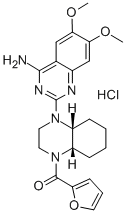
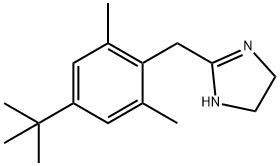
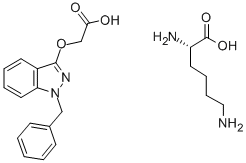
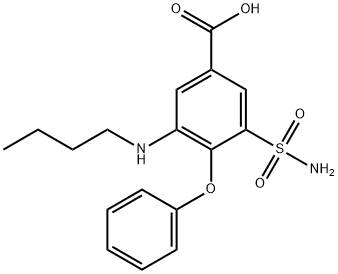


![N1-[3-(3-AMINOPROPOXY)PHENYL]ACETAMIDE](https://img.chemicalbook.in/CAS/GIF/189683-22-5.gif)
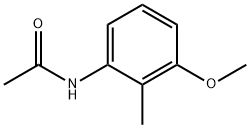
You may like
-
 1-Methyl-6-oxo-1,6-dihydropyridazine-3-carbonitrile 98%View Details
1-Methyl-6-oxo-1,6-dihydropyridazine-3-carbonitrile 98%View Details
99903-60-3 -
 88491-46-7 98%View Details
88491-46-7 98%View Details
88491-46-7 -
 1823368-42-8 98%View Details
1823368-42-8 98%View Details
1823368-42-8 -
 2-(3-(tert-butyl)phenoxy)-2-methylpropanoic acid 1307449-08-6 98%View Details
2-(3-(tert-butyl)phenoxy)-2-methylpropanoic acid 1307449-08-6 98%View Details
1307449-08-6 -
 Ethyl 3-(furan-2-yl)-3-hydroxypropanoate 25408-95-1 98%View Details
Ethyl 3-(furan-2-yl)-3-hydroxypropanoate 25408-95-1 98%View Details
25408-95-1 -
 2-Chloro-5-fluoro-1-methoxy-3-methylbenzene 98%View Details
2-Chloro-5-fluoro-1-methoxy-3-methylbenzene 98%View Details
1805639-70-6 -
 1784294-80-9 98%View Details
1784294-80-9 98%View Details
1784294-80-9 -
 Lithium ClavulanateView Details
Lithium ClavulanateView Details
61177-44-4